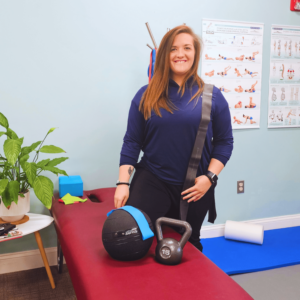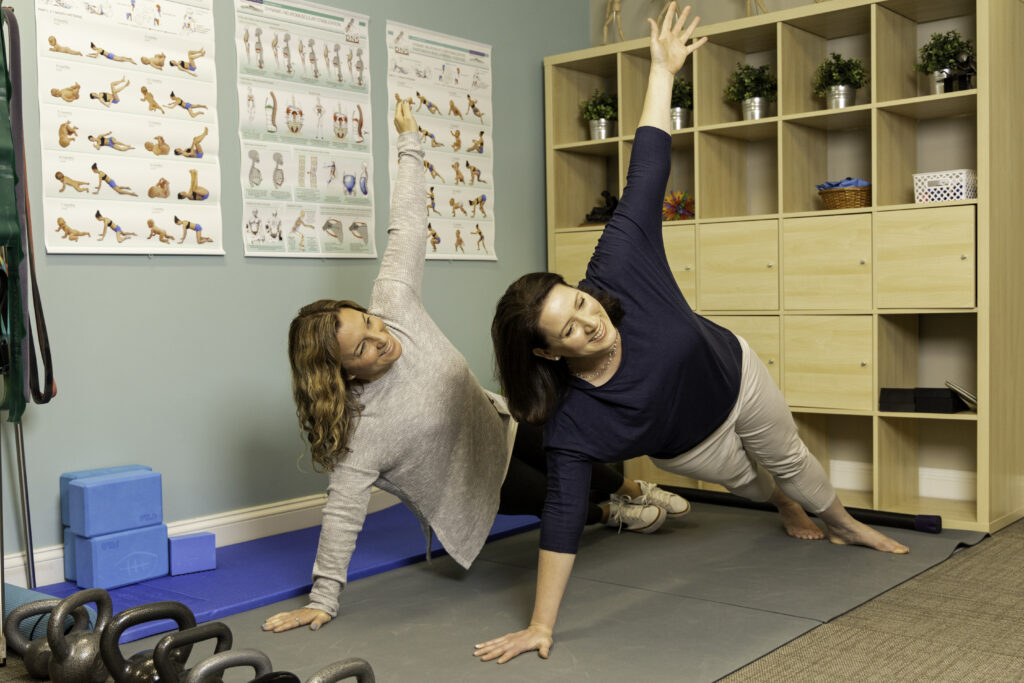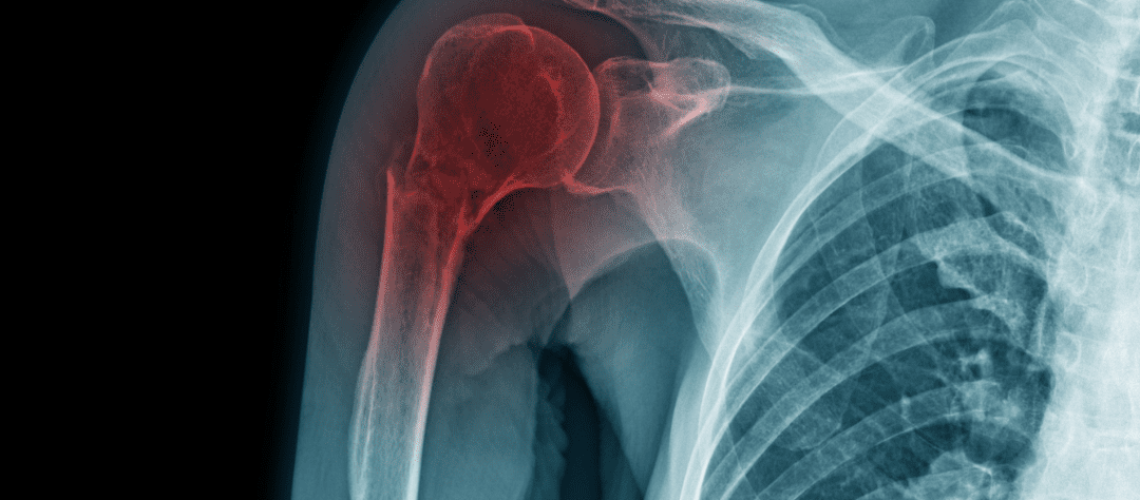Do you have kids in sports? Did you know that Spring is the most prevalent season for rotator cuff injuries? It’s the start of a season full of sports that require repetitive movement of the shoulder joint – baseball, softball, golf, tennis, lacrosse, and some track and field events.
While there are over 4.5 million doctor visits per year for shoulder problems, less than 10% of rotator cuff injuries are due to acute injuries like falling, pushing, pulling, throwing, or lifting. The vast majority of injuries are the result of repeated strains or “impingement”.
What Makes Up the Rotator Cuff?
The rotator cuff is made of four small muscles that hold your shoulder in its shallow socket while larger muscles move it.
While the four rotator cuff muscles are often blamed for shoulder pain, it’s important to note that there are 30 muscles that attach to and move your shoulder! As mentioned, the rotator cuff muscles are small and are meant to stabilize the shoulder joint as it moves. If bigger muscles that are supposed to move the shoulder aren’t working properly, these little muscles get overworked, inflamed, and eventually damaged. Shoulder problems can also arise from the neck, and further down the arm. Pain or injuries in your hands, wrists, and elbows often alter the movement of your shoulder.
Rotator Cuff Pain
Most chronic strains begin silently with symptoms becoming more evident as the year progresses. Pain is often localized to the front and outside of your shoulder but can sometimes radiate down your arm and can often be worse at night. When a patient is seen for shoulder pain, they often report a “tearing” or “snapping” sensation accompanied by severe pain and weakness.
This is often where the “chronic” problems arise, and where traditional therapy to strengthen, stretch, needle, or inject the rotator cuff falls short. Even surgical repair will be ineffective if the bigger picture isn’t addressed.
How to Prevent Rotator Cuff Injury
There are several ways that you can help your child athlete prevent a rotator cuff injury.
- Allow time to warm up. Make sure that you are getting them to their destination with enough time to sufficiently warm up before practice or a game. This should include time to stretch!
- Teach them body awareness. Teaching your child how to recognize when their body is fatigued can be a tremendous help. When our muscles are fatigued, they lack the mechanisms used to protect themselves. Additionally, they should be able to tell when their body is dehydrated which is a significant contributor to injuries.
- Ensure proper equipment is being used. When we have old equipment or equipment that no longer fits, it’s a lot easier to get injured. Each sport should have the proper equipment needed and should be checked regularly, especially as your child goes through growth spurts.
- Training and conditioning months prior to the beginning of the season. While it’s too late to prepare for the spring season, it’s a great thing to start planning for. Keeping the muscles active that are being used regularly is important. For instance, for the sports mentioned above, players can work on shoulder strengthening and flexibility exercises all year round.
Rotator Cuff Injury Treatment
We offer drug-free, non-surgical treatment for shoulder and rotator cuff pain and injuries at our office with:
- Full evaluation of the mobility and strength of your spine, core muscles, and extremities to find the areas of movement dysfunction
- Adjustments and soft tissue work to relieve stress and tension on the nerves, muscles, tendons, and fascia
- Microcurrent therapy to help relieve and heal muscle strain, trigger points, and nerve inflammation
- Specific stretching and strengthening exercises to improve your strength, balance, and mobility
- Lifestyle recommendations for posture, sitting, breathing, sleeping, and any other factors that may be triggering the problem. If you or someone you care about suffers from shoulder issues, please give us a call!





